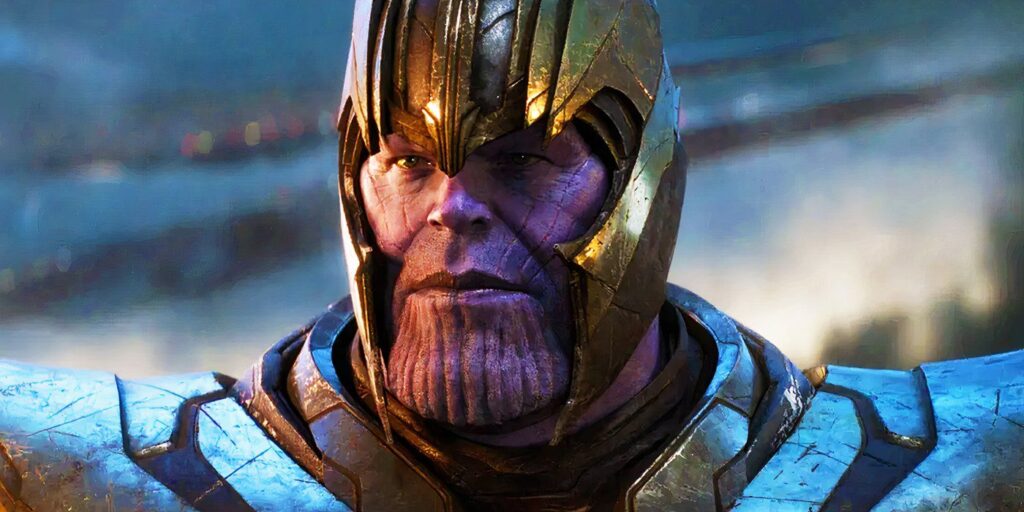Six years ago, Avengers: Endgame marked the emotional high point of the Marvel Cinematic Universe, but subsequent developments in the franchise have changed some essential aspects. Avengers: Endgame was the finale to over a decade of storytelling and the end of the Infinity Saga, forever changing the MCU timeline. However, with the franchise now deep into its Multiverse Saga, with variant timelines, legacy characters, and cosmic-level threats, Endgame feels very different years later.
Since Avengers: Endgame, the MCU has transitioned from the Infinity Saga into the far more sprawling and complex Multiverse Saga. This new chapter has introduced alternate realities, timelines, and variants. While Endgame was once the ultimate culmination of interconnected storytelling, it now appears to be just one point on a massive, multiversal roadmap. The narrative weight of Endgame has been diluted slightly, not because it’s poorly crafted, but because the scope of the MCU has expanded so rapidly.
10
The Harvest Makes Avengers: Endgame’s Final Battle Look Different
Secret Invasion
Secret Invasion introduced a shocking twist that retroactively affects the iconic final battle of Avengers: Endgame. It’s revealed that Nick Fury ordered Skrulls to collect the blood of Earth’s heroes from the battlefield, an initiative called “The Harvest.” This detail casts a sinister light on the aftermath of Endgame’s most heroic moment. The emotional final stand against Thanos, once seen as pure sacrifice, is now entangled in covert manipulation.
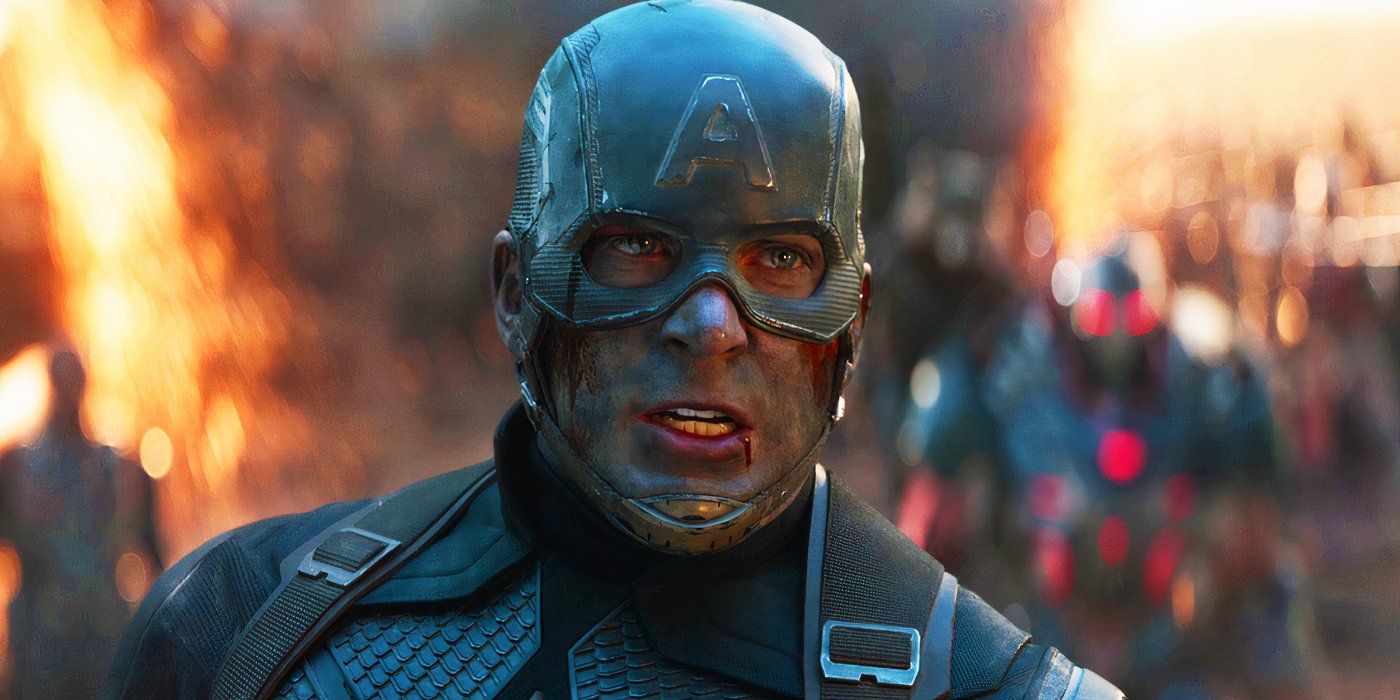
Related
10 Most Iconic Superhero Movie Quotes Of All Time
Superhero movies are littered with famed catchphrases and memorable dialogue, but some quotations quickly became iconic in the genre and beyond.
The idea that Fury was already preparing to weaponize the spilled DNA of the Avengers reframes the climactic battle as something exploited for future agendas. It adds a layer of unease to an otherwise triumphant moment, suggesting the MCU’s surveillance-state undertones were already active. It also adds Fury’s long list of clandestine, morally ambiguous actions.
9
The MCU Setting Up Iron Man & Captain America’s Successors Makes Their Endings Feel Different
Captain America: Brave New World & Iron Heart
When Endgame first released, it felt like the final chapter for both Iron Man and Captain America. Tony Stark sacrificed himself, and Steve Rogers passed on his shield. However, the emergence of Sam Wilson as the new Captain America in The Falcon and the Winter Soldier and Captain America Brave New World and the debut of Riri Williams as Ironheart (Tony’s spiritual tech successor) reframes those farewells.
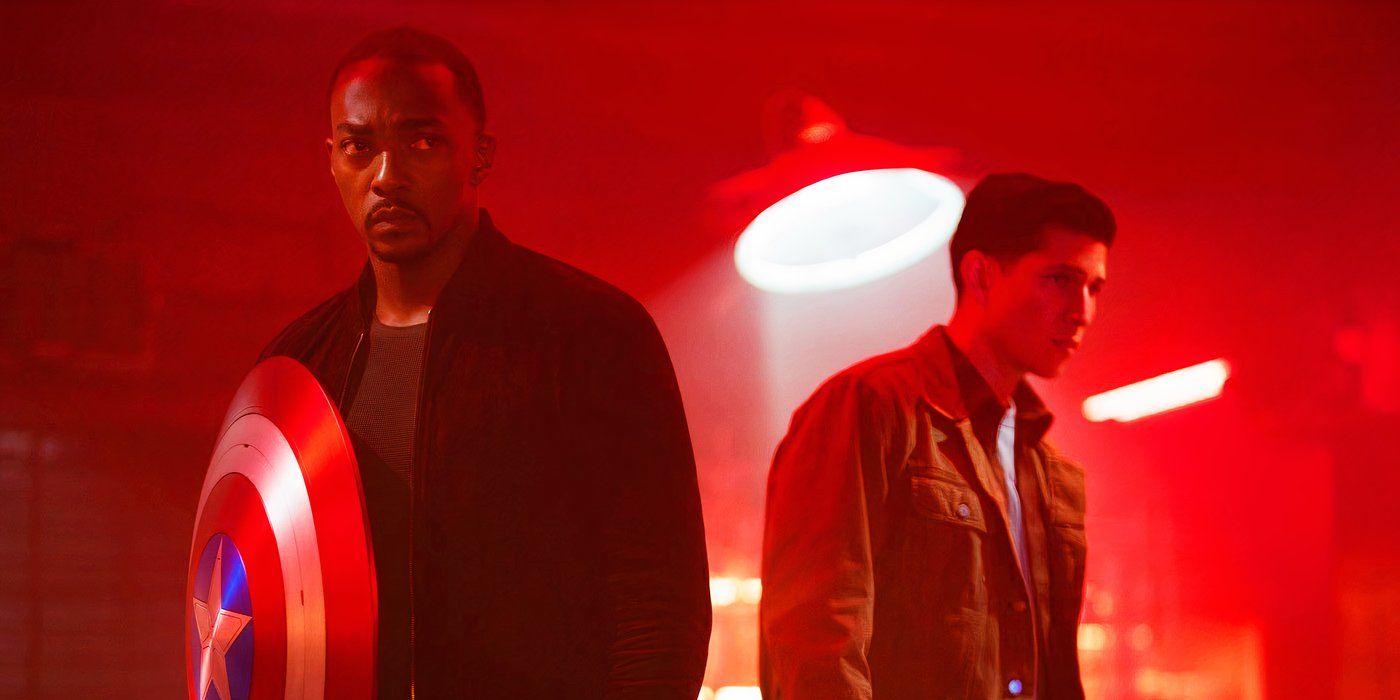
Related
Avengers: Doomsday Will Pay Off Captain America: Brave New World’s Best Running Gag
Captain America: Brave New World established a hilarious running joke in the MCU that should hopefully be fulfilled in Avengers: Doomsday.
Their arcs, once thought to be definitive closures, now feel more like transitions in a larger legacy chain. While this is true to the comic source material, it also diminishes the finality Endgame tried to deliver. Instead of closing the book, Marvel has merely turned the page. As a result, those emotionally weighty conclusions now function more as setups for new mantles, reshaping Endgame’s tone from finality to evolution in hindsight.
8
EDITH’s Spider-Man: Far From Home Ending Adds Different Context To Iron Man’s Endgame Death
Spider-Man: Far From Home
One of the more subtle retcons of Avengers: Endgame comes from Spider-Man: Far From Home, where Peter Parker inherits E.D.I.T.H. a powerful AI with access to a defense satellite created by Tony Stark. The fact that this orbital weapons system existed during the events of Endgame but went unused raises some questions. If Stark had such advanced global technology at his disposal, why wasn’t it employed during the final battle against Thanos?
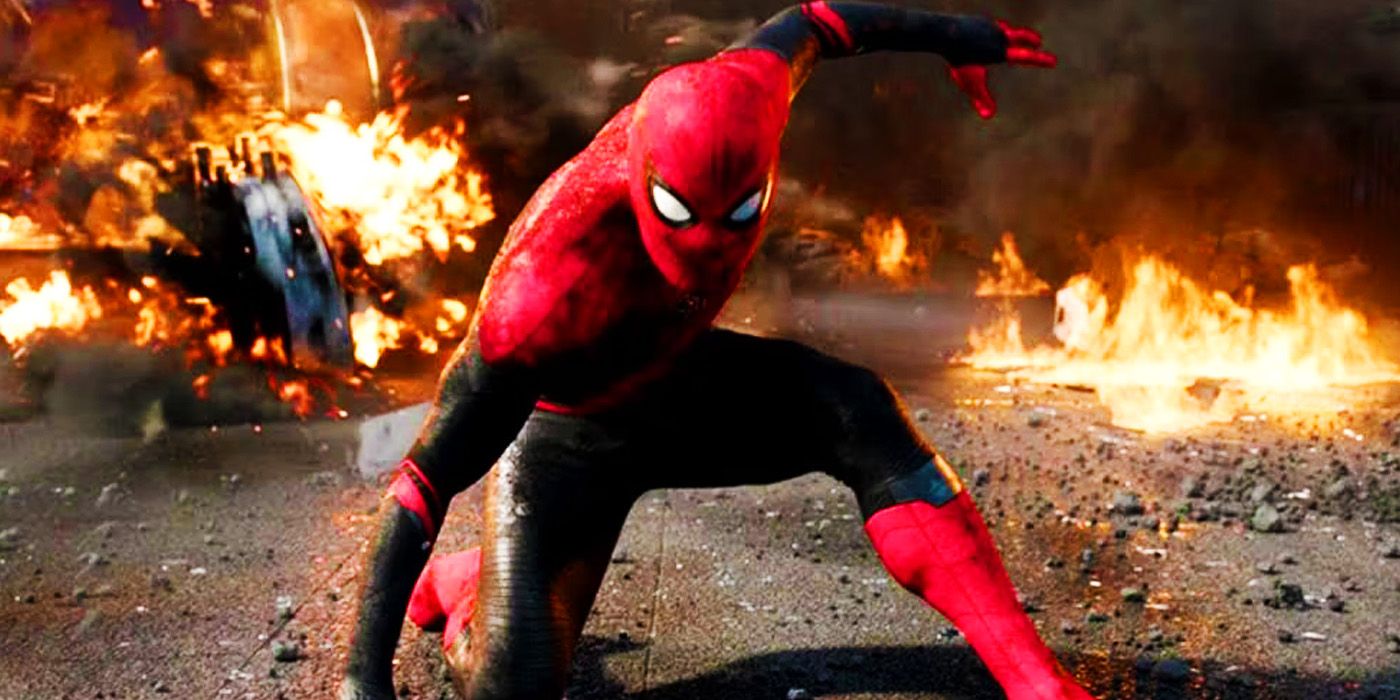
Related
I’m Convinced The Perfect Villain For Spider-Man: Brand New Day Has Already Been Played By Their Perfect Actor More Than Once
The ideal villain for Spider-Man: Brand New Day has appeared in Spider-Man media before, played by the best candidate for the live-action adaptation.
In retrospect, it adds an unintentionally frustrating wrinkle to Stark’s sacrifice. E.D.I.T.H. could have potentially neutralized threats or supported the Avengers in new ways, yet it’s introduced only after Tony’s death. Though likely conceived later, it unintentionally makes Tony’s Endgame plan look less calculated. This context shifts how viewers perceive the “no other way” logic that drove Tony’s final act.
7
Robert Downey Jr.’s Casting As Doctor Doom Makes Iron Man’s Death Feel Less Definitive
Avengers: Doomsday
Robert Downey Jr. is officially returning to the MCU – not as Iron Man, but as Victor Von Doom. This significantly changes Tony Stark’s Endgame death, which was the emotional centerpiece of the entire film. Tony’s sacrifice is now being revisited through the lens of actor continuity and multiversal logic.
RDJ’s return blurs the emotional impact of his farewell. The idea that the face of Iron Man could return to the MCU in any capacity undermines the narrative weight of his original sendoff. With the Multiverse Saga now making room for alternate versions of familiar characters, it’s harder to view Tony’s death as truly final. Even if he’s not the same Stark, Downey’s return reopens a door Endgame had dramatically closed.
6
Multiverse Of Madness Changed The Way You See Thanos’s Death
Doctor Strange In The Multiverse Of Madness
In Avengers: Endgame, Thanos is treated as the ultimate threat: one that required the combined efforts of every hero and still cost Iron Man his life. However, Doctor Strange in the Multiverse of Madness complicates that. In one timeline, the Illuminati dispatch their version of Thanos with far less struggle. This retroactively challenges how unbeatable Thanos really was.
If alternate versions of Earth’s heroes could stop him so cleanly, then maybe the MCU’s 616 Avengers simply had the wrong team configuration or strategy. The idea that there were better solutions available elsewhere makes Iron Man’s sacrifice look more like a tragic miscalculation than a necessary endgame. It doesn’t invalidate Tony’s heroism, but it does reframe it and calls into question Doctor Strange’s assertion that there was only one way to defeat the Mad Titan.
5
The MCU’s Multiverse Rules Have Changed Since Endgame
Spider-Man: No Way Home, Doctor Strange In The Multiverse Of Madness, & Loki
In Avengers: Endgame, the Ancient One tells Bruce Banner the Infinity Stones are key to the universe and removing them from their universe creates doomed branched timelines. It’s heavily implied that the Stones are key to multiversal travel and the creation of parallel universes. However, later MCU projects tossed that rulebook. In Spider-Man: No Way Home, Ned opens inter-dimensional portals with magic, and in Multiverse of Madness, America Chavez punches her way through universes.
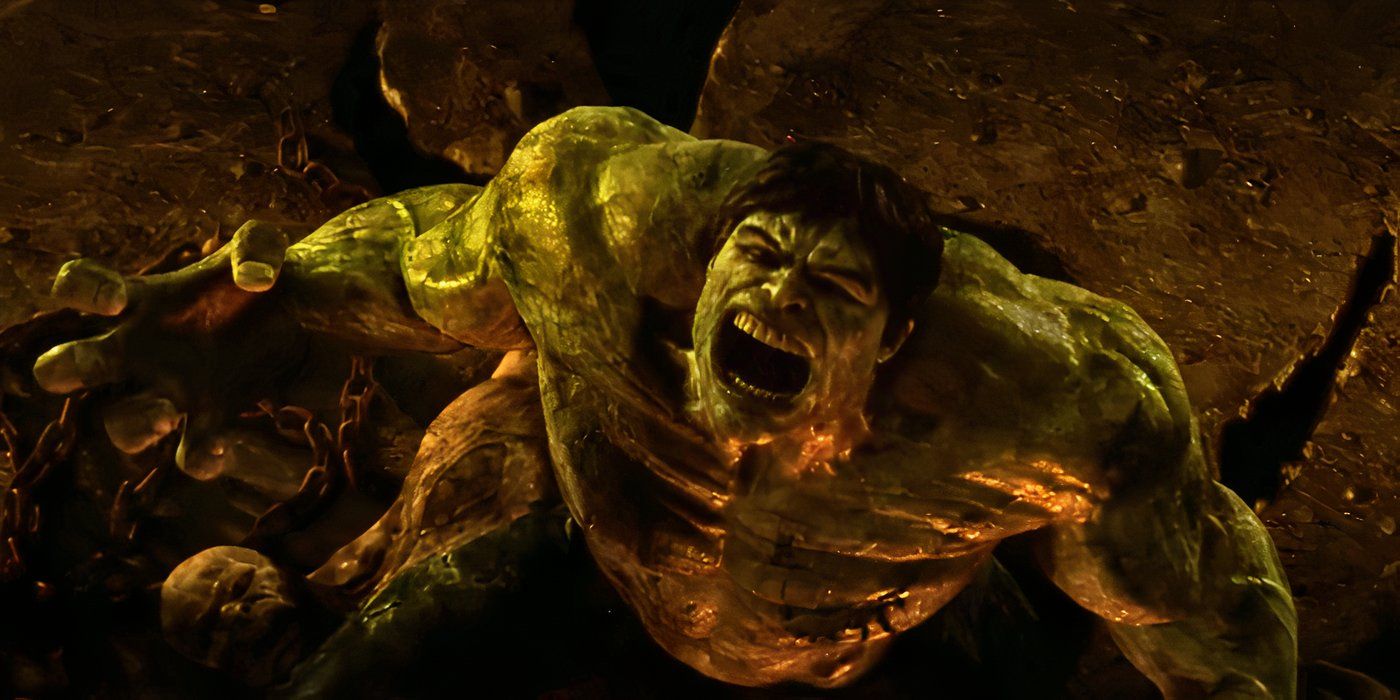
Related
10 Most Powerful-Looking Hulk Moments In The MCU
The Hulk is one of the strongest heroes in the whole Marvel Cinematic Universe, delivering some of the most brutal displays of strength.
This makes Endgame’s explanation feel outdated and overly technical. As the MCU’s understanding of the multiverse evolved, Endgame’s tidy logic now feels more like a placeholder than a definitive explanation. Its once-clear rules about time travel and timeline preservation have become muddled, replaced by a looser, more chaotic multiversal model.
4
The Eternals’ Absence Feels Poorly Excused
Eternals
In Eternals, the characters explain they were forbidden to interfere with Thanos’s crusade by the Celestials unless Deviants were involved. However, that justification increasingly rings hollow in hindsight. If their core mission was to protect and guide humanity, then the universe-level threat Thanos posed, especially with half of humanity’s survival on the line, should’ve triggered some action.
This undermines Eternals significantly, as the explanation feels far too flimsy. Knowing they were on Earth all along, and powerful enough to fight cosmic threats, makes their silence during the Infinity Saga look implausible. Especially as the Eternals subsequently discover the Celestials true plans were more malevolent. It would have been more effective if Thanos’s invasion was instead what instigated their rebellion.
3
The Asgardians Of The Galaxy Was Much More Short-Lived Than Endgame Suggested
Thor: Love And Thunder
At the end of Avengers: Endgame, Thor joins the Guardians of the Galaxy, setting up what seemed like an exciting new dynamic: “The Asgardians of the Galaxy.” After several captivating scenes playing off their new group dynamic and Thor’s growing friendship with the team, many expected a full-blown team-up film featuring their combined adventures.
Despite this heavy-handed set-up, Thor: Love and Thunder dropped that plot thread within its first 15 minutes. The Guardians make a brief appearance before parting ways with Thor, making their Endgame setup feel like a misdirect. What once felt like a bold new chapter for Thor’s character evolution quickly fizzled out, replaced by a standalone story with little connection to that teased team-up.
2
Rhodey Is Probably A Skrull In Avengers: Endgame
Secret Invasion
Secret Invasion dropped a major twist that reshapes Endgame: James “Rhodey” Rhodes was likely replaced by a Skrull well before the events of the Infinity Saga’s conclusion. The real Rhodey, when rescued, is shown to still have his leg injury, meaning the version walking normally during Endgame can’t be him. This retroactively makes the version of War Machine who fought in the Time Heist and mourned Tony Stark a Skrull impostor.
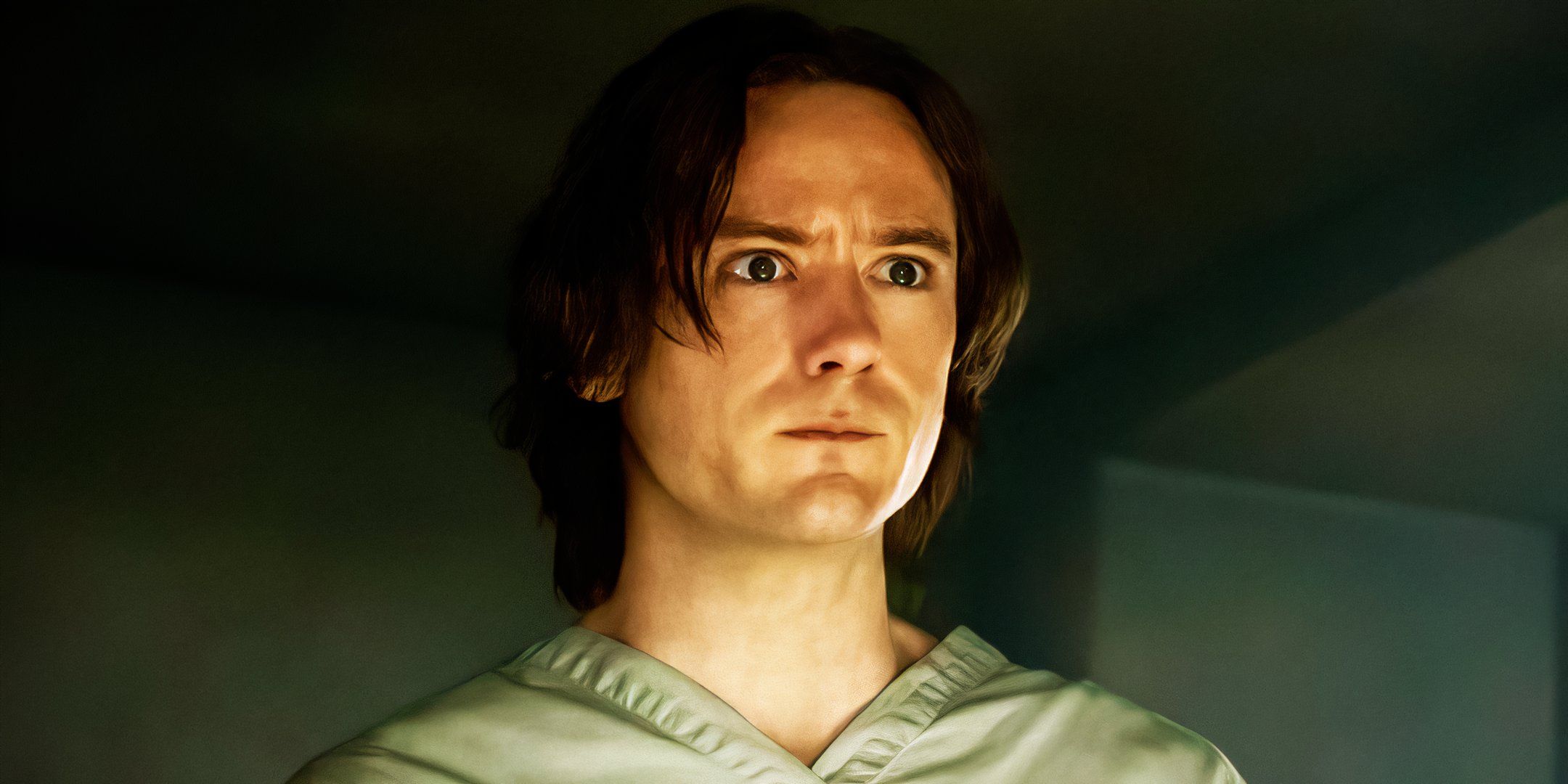
Related
10 Strongest MCU Villains After The Introduction Of Sentry
Sentry’s introduction in Thunderbolts* brought with him the Void, fundamentally altering the MCU and its previous villainous power rankings.
It’s a jarring revelation that casts doubt on some of the most emotional moments in the film. If Rhodey wasn’t himself, then Endgame loses one of its most grounded, human perspectives. What was once a moment of unity and friendship becomes more ambiguous. The implications suggest the Skrulls were far more manipulative and even conjured seemingly appropriate emotional responses.
1
Loki Season 1 Complicated The Infinity Stones Even More
Loki
Loki season 1 introduced a surprising twist: the Infinity Stones don’t work in the TVA and are used as literal paperweights by its employees. This diminished their perceived cosmic power and muddied their narrative consistency. Though not specified yet in the MCU, in the comics it’s established lore that the stones only work in their universe of origin, explaining why they are redundant in the TVA.
If their removal from the timeline creates branched universes, then the stones are no longer in their universe of origin and should not work. Yet Hulk was still able to snap everyone back into existence. Moreover, the TVA’s existence and its control of multiversal branches imply Cap didn’t reset the timeline but created branches anyway. So did those returned Stones even matter? These subsequent developments make Avengers: Endgame’s already convoluted time mechanics even more confusing.

